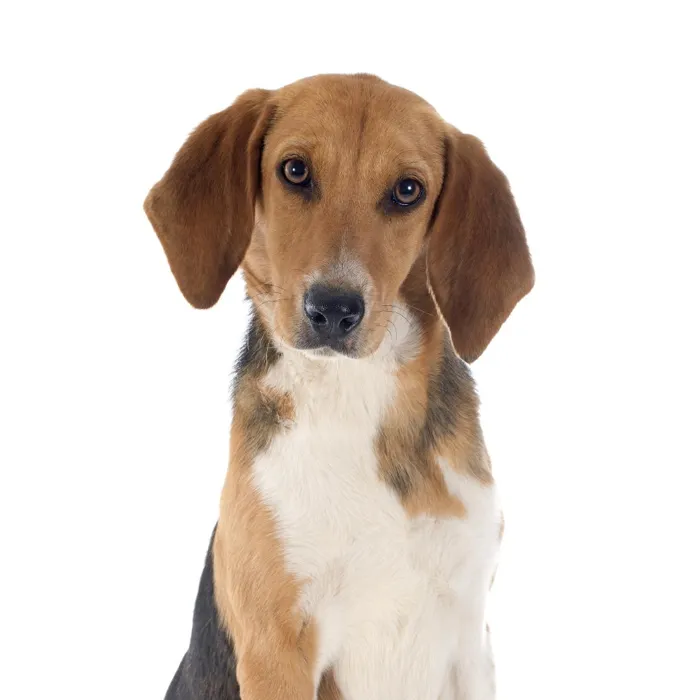Harrier

The Harrier is a swift, prey-driven pack hound of medium size first bred in medieval England to chase hare. Outgoing and friendly, the Harrier is much larger than the

Ask About Harrier ?
Breed Traits
Group
Hound
About
History
Standard
Nutrition
Grooming
Exercise
Training
Health
General Appearance
Developed in England to hunt hare in packs, Harriers must have all the attributes of a scenting pack hound. They are very sturdily built with large bone for their size. They must be active, well balanced, full of strength and quality, in all ways appearing able to work tirelessly, no matter the terrain, for long periods. Running gear and scenting ability are particularly important features. The Harrier should, in fact, be a smaller version of the English Foxhound.
Size, Proportion, Substance
Head
Neck, Topline, Body
Forequarters
Hindquarters
Coat
Color
Gait
Temperament
All pets have found there homes! Sign up to be notified when new pets are added so you don't miss out.


